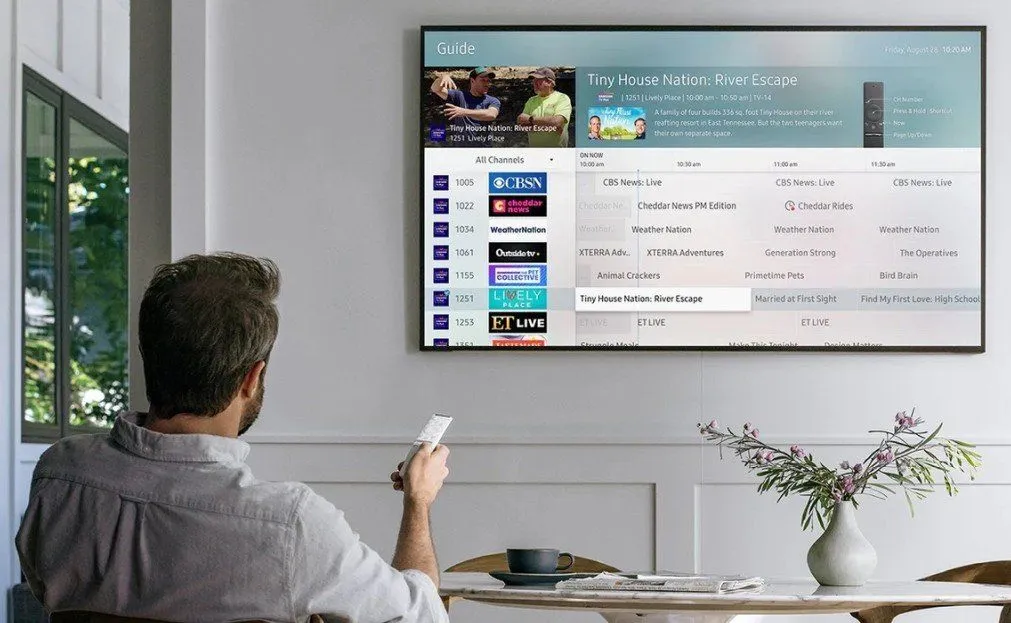In today’s digital era, social media has become a force to be reckoned with. Platforms like Facebook, Instagram, Twitter, and LinkedIn have revolutionized the way we communicate, connect, and share information. As a result, businesses around the world have recognized the immense potential of social media marketing to reach and engage with their target audience. In this blog post, we will explore the power of social media marketing and how it can help businesses build strong connections in the digital age.
1. Introduction: The Rise of Social Media Marketing
With the advent of social media platforms, traditional marketing strategies have undergone a significant transformation. Social media marketing enables businesses to create and share content, participate in conversations, and build meaningful relationships with their customers.
2. Understanding Your Target Audience
One of the key advantages of social media marketing is the ability to target specific audience segments. Through advanced analytics and insights, businesses can gain a deeper understanding of their target audience’s preferences, demographics, and behavior. This knowledge empowers businesses to create tailored content, ensuring that their messages resonate with the right people.
3. Building Brand Awareness and Recognition
Social media platforms provide an ideal space for businesses to create a strong brand presence. By consistently delivering high-quality content, engaging with followers, and leveraging the power of hashtags and trends, businesses can increase their brand awareness and recognition. This, in turn, leads to increased visibility, customer trust, and ultimately, improved sales and conversions.
4. Establishing Authentic Connections
Gone are the days when businesses simply pushed out advertisements to their audience. Today, customers expect businesses to engage in two-way conversations and provide authentic and valuable content. Social media marketing enables businesses to showcase their personality, share behind-the-scenes glimpses, respond to customer inquiries, and build genuine connections. These authentic interactions foster loyalty and create brand advocates who willingly spread the word about a business.
5. Leveraging User-Generated Content and Influencers
User-generated content (UGC) and influencer marketing go hand in hand with social media marketing. UGC refers to content created by customers, such as reviews, testimonials, and social media posts about a brand. By encouraging and leveraging UGC, businesses can amplify their reach and tap into the power of word-of-mouth marketing. Engaging with influencers who align with a brand’s values and target audience can also result in increased visibility and trust among potential customers.
6. Tracking and Measuring Success
Unlike traditional marketing approaches where measuring success can be challenging, social media marketing offers robust analytics tools. These tools enable businesses to track their performance, measure engagement, monitor click-through rates, and gain valuable insights into their social media campaigns. By analyzing these metrics, businesses can make data-driven decisions and fine-tune their strategies for better results.
7. Adapting to Changing Trends and Algorithms
Social media platforms constantly evolve, introducing new features and algorithms. This requires businesses to stay updated on industry trends and adapt their strategies accordingly. By keeping a pulse on the ever-changing social media landscape, businesses can stay ahead of the competition and ensure their efforts remain effective.
8. Conclusion: Harnessing the Power of Social Media Marketing
In conclusion, social media marketing is a game-changer for businesses aiming to build strong connections in the digital age. It offers opportunities for targeted audience engagement, brand awareness, authentic connections, and leveraging user-generated content. By embracing social media marketing and staying agile in their approach, businesses can effectively reach their target audience, foster brand loyalty, and drive growth in an ever-evolving digital landscape.



